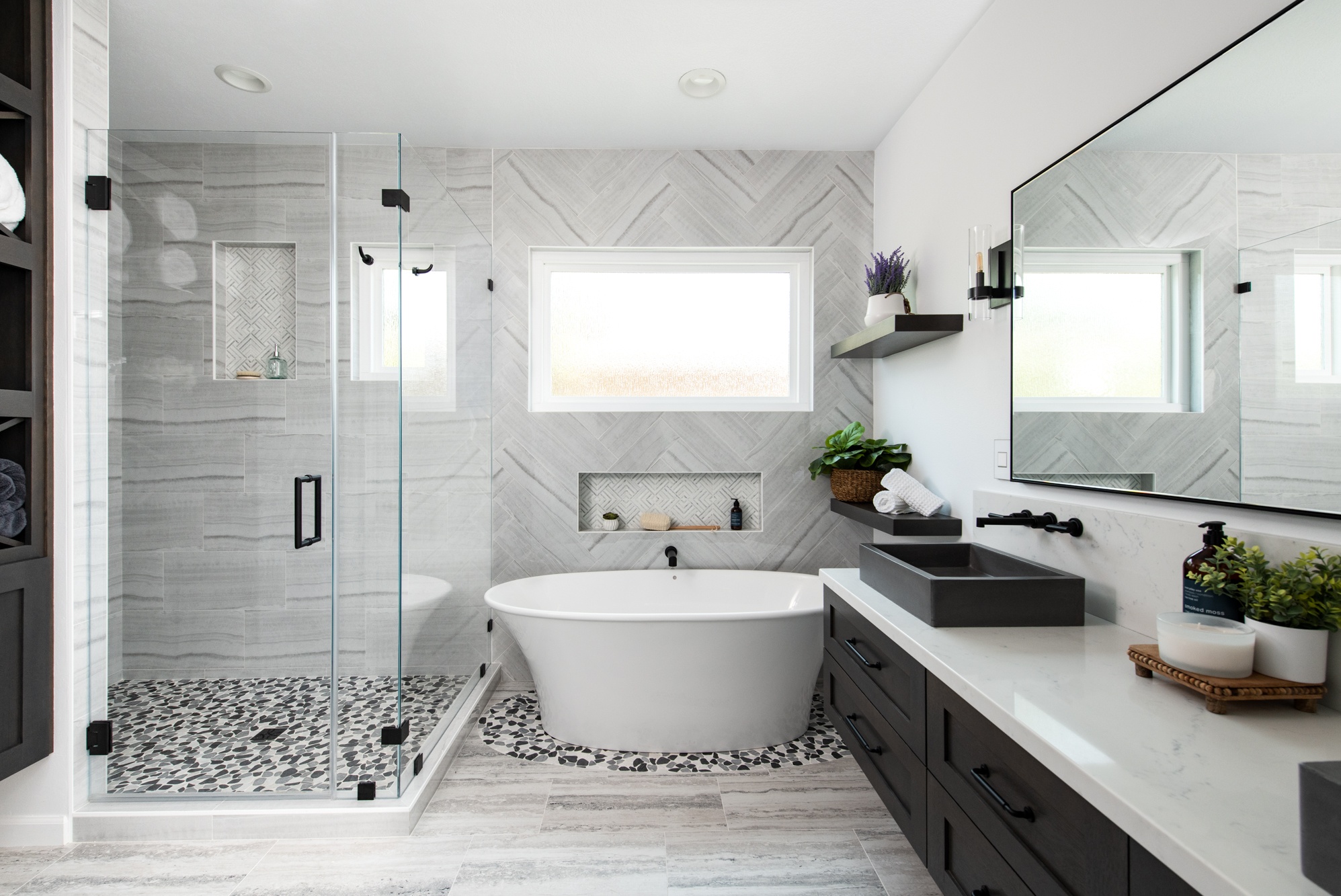In the current rapidly changing world, the idea of house renovation has transcended beyond mere aesthetics. It has become a crucial aspect of creating spaces that are not only beautiful but also practical and adaptable for the long term. Property owners are increasingly recognizing the significance of developing environments that suit to their evolving needs, ensuring that their homes remain practical and relevant for a long time to come. From the newest trends in eco-friendly materials to smart home features that enhance everyday living, the options for remodeling are expansive and thrilling.
If you are planning a major renovation or just seeking to make minor updates that can transform your space, understanding the basics of home renovation is key. This guide provides insights into effective planning, budgeting tips, and the latest trends to keep your house stylish and practical. Whether you decide to take on the task yourself or hire professionals, knowing how to manage the world of home renovation will empower you to build a place that reflects your way of life and principles while getting ready for the long term.
Residence Redesign Fundamentals
When starting a house remodeling project, it’s important to create a concise strategy that outlines your goals, financial plan, and timeline. Start by assessing https://gangmaker.org/members/boardfuel2/activity/724312/ and identifying which areas need enhancement or updating. Take into account factors such as efficiency, visual appeal, and possible resale value. Investigate the newest styles in home architecture to inspire your idea and guide your choices. Developing a detailed plan not only supports simplify the process but also limits expensive mistakes down the road.
Financial planning is a vital aspect of any remodeling project. Learning how to renovate your home on a financial restriction will enable you to make the most of your spending while attaining your desired results. Start by establishing a feasible cost estimate that covers resources, work, and unforeseen costs. Look for ways to minimize spending without sacrificing quality, such as obtaining materials locally or opting for DIY alternatives in certain areas. Don’t forget to factor in the likely financial returns, as some remodeling endeavors will yield greater financial rewards than others.
At the end of the day, choosing whether to tackle a remodel yourself or employ a professional is a major consideration. Evaluate the pros and cons of do-it-yourself versus contractor assistance, factoring your capabilities and the scope of the task. While DIY projects can reduce money, employing a qualified professional often provides high-quality work and adherence to municipal regulations. Make informed remodeler based on your personal aims, the extent of the remodel, and your cost limits to secure a satisfactory transformation of your home.
Developments and Innovations
Home remodeling is experiencing a variety of developments and advancements that mirror changing ways of living and preferences. One of the most important trends is the shift toward sustainability. Eco-friendly home remodeling projects, such as incorporating green materials and energy-efficient solutions, are becoming increasingly popular. Homeowners are now focusing on renovations that minimize their environmental impact, reduce utility costs, and support a better living environment. The installation of solar panels during a renovation is also gaining traction, allowing homeowners to utilize solar power while increasing their property value.
Additionally, the growth of smart home technology is changing the way we engage with our residences. From automated lighting and climate control to sophisticated security systems, integrating smart features into home renovations can greatly enhance ease of use and effectiveness. As homeowners seek to create a more cohesive environment, remodels are increasingly focused on merging these technologies seamlessly into their existing layouts. This movement not only improves day-to-day living but also draws in potential buyers, making properties more desirable in a challenging real estate market.
Finally, the concept of flexible spaces is becoming a key focus in interior design. As many people continue to prioritize working from home, the need for practical yet stylish areas has never been more essential. Rooms that can serve dual roles, such as workspaces that double as guest bedrooms or playrooms that transform into movie rooms, are highly valued. This trend taps into the idea of versatility, allowing homeowners to maximize their space while catering to their evolving needs over time.
Budgeting and Cost Management
Overseeing your finances effectively is crucial when planning a home remodel. Start by establishing a feasible budget that includes all aspects of the project, from supplies and labor to licenses and unforeseen costs. A good guideline is to set aside an additional 10 to 20 percentage of your budget for unforeseen expenses. This enables you to address any surprises without derailing your entire plan. Break down costs by room or feature, which aids in understanding where your money will be spent and permits for changes if needed.
Following that, prioritize your remodeling goals. Identify which aspects of your project are essential and which can be considered upgrades or luxuries. Focus on remodeling projects that provide the best return on investment while also corresponding with your lifestyle needs. For example, kitchen and bathroom remodels typically offer greater ROI compared to cosmetic upgrades. This approach not only assists in sticking to your budget but also guarantees you’re making intelligent financial decisions that will benefit you long-term.

Finally, consider various financing options to supplement your remodeling budget if necessary. Investigate home improvement loans, grants, or even saving plans that can help fund your project. Additionally, think about cost-saving tips such as tackling smaller DIY projects, sourcing materials from wholesalers, or even exploring eco-friendly options that can lower energy costs in the future. By organizing carefully and being strategic about your spending, you can effectively manage your remodel budget without sacrificing quality or style.
